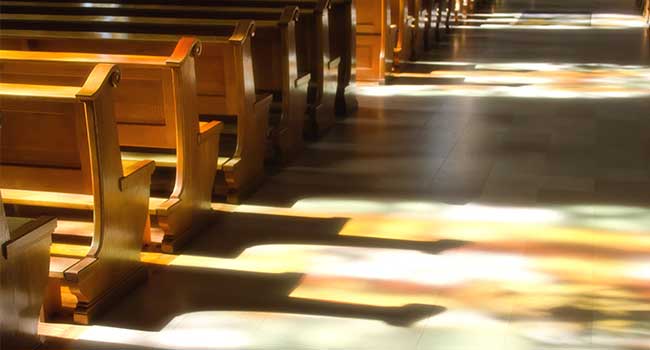
Churches Around the Country Reevaluate Security Following Church Massacre
The mass shooting at a South Texas church during services Sunday has many churches across the country reevaluating their security.
- By Jessica Davis
- November 07, 2017
The mass shooting at a South Texas church Sunday that left 26 people dead and at least 20 injured is the latest of at least three church shootings in the past three years. With attacks on relatively unprotected sites like places of worship increasing, many churches across the country are reevaluating their security measures.
“It’s absolutely a wake-up call regardless of where you are in security planning. Security needs to be part of every church’s function, whether it’s a church of 50 or 21,000, like Redemption,” said Travis Hayes, CFO of Redemption Church in Greenville, South Carolina.
Redemption started reevaluating its security policy and protocol in the wake of the 2015 Charleston Church massacre. The church uses 166 cameras across its campus, as well as armed and unarmed guards. It also works closely with Greenville Police and the Greenville County Sheriff’s Office.
Hayes said he believes churches have a responsibility to protect those coming to their campuses to worship. “I think there’s a fine balance in having an armed security officer at every corner versus being an open-doors, you-come facility. But I think you can find that balance.”
In the meantime, the Trump Administration is strengthening their efforts to train places of worship on emergency security protocols. The Department of Homeland Security’s Office of Faith Based and Neighborhood Partnerships began to focus on security during the Obama Administration after the Sandy Hook elementary school shooting in 2012, developing active shooter trainings for schools and houses of worship.
Jamie Johnson, the office’s director, told TIME that recently they have seen “an increased level of concern” from “every faith tradition” when it comes to security.
“This is a wing of American evangelicalism that is deeply hurting right now,” Johnson said. “We are going to be a whole lot busier in the months and years to come when it comes to safety and security for houses of worship. This issue will now come to the forefront of the religious conversation in America.”
Earlier this year, Texas had their own discussion about security in churches and other houses of worship. Senate Bill 2065, which went into effect September 1, 2017, includes language allowing volunteers providing security at places of worship exemption from the requirements of the Private Security Act. The goal was to make it easier for churches and other places of worship to form volunteer security teams, as the legislation waives state requirements on training, licensing, insurance and background checks for these teams, making them a more viable option.
About the Author
Jessica Davis is the Associate Content Editor for 1105 Media.